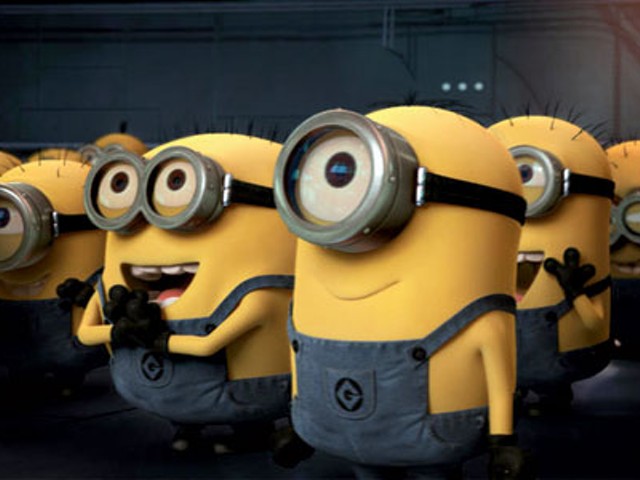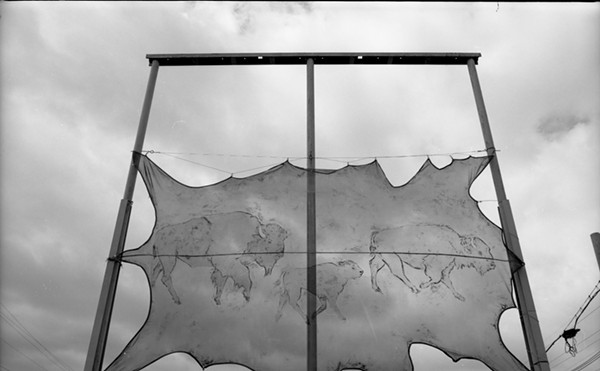It comes as no surprise that 2002 National Poet Laureate Billy Collins, known for his warm, accessible, finely crafted poems, is a fan of Mary Phelan’s paintings. Now on display at the Cressman Center for Visual Art, Phelan’s M.A. thesis exhibit, titled “Uncovering Secrets of the Urbanscape,” is imbued with the same authentic, unsentimental reverence for the everyday that Collins’ poems are.
Phelan, once chairwoman of the Life Drawing and Foundations department at the Academy of Art in Chicago, is a master of technical execution. The clarity and stunning accuracy in her small-scale oil paintings of urban Chicago never seem belabored. She establishes herself as a reliable visual surrogate by painting on a human scale, without distortions of color or proportion. One receives the impression that she is not trying to make us see something, but that she is striving to see her subject matter in the clearest way possible — a process that allows us to do the same.
Paired with individual idioms from the “I Ching,” the ancient Chinese book of wisdom, Phelan’s paintings take on an expositional quality. The relationship of the dynamic forces of the universe, the yin and yang, as explained by the relationship between street lamp, rain puddle and storefront window, take on a new and tangible relevance. Curator Ann Miller’s choice to include Phelan’s studies and sketches for the paintings, alongside selections from the “I Ching,” illuminates the thoughtful process Phelan engages in when selecting settings for her work. “Painting is not a quick ‘Look at me, I am here’ shout to the universe. It is a slow and deliberate search for meaning,” she says. “Why this matters to others is that it provides a way to experience, to some degree, the same journey. If a painter has made good choices, then the outcome, the layers of shapes, colors and brushstrokes, will culminate in a felt experience that can be transmitted to viewers. It is an immediate, intuitive form of communication.”
Phelan’s reverence for her subject matter is mirrored in Miller’s unobtrusive curation. Minimally invasive and verbally economical, Miller’s annotations enhance Phelan’s paintings and elevate the level at which we are able to engage them. Without verbal accompaniment, a painting of a used car lot on a clear day is engaging and direct; considered in light of Miller’s curation, it becomes an allegorical illustration of the principles of feng shui. The scale of the show, like Phelan’s paintings, is small but sufficient; there is nothing obnoxious or pretentious about any of it — which is both appropriate and refreshing.
Ideally, a good art show should offer a space for reflection and impetus for activation; we should understand something when we leave that we did not when we walked through the doors. After leaving the Cressman show, I looked around at my setting, the same Main Street I drive down every day, with renewed curiosity — and with a hunch that I was momentarily literate to the poetry of everything around me.
Mary Phelan: Uncovering Secrets of the Urbanscape
Through Jan. 8
Cressman Center for Visual Arts
100 E. Main St. • 852-0288






